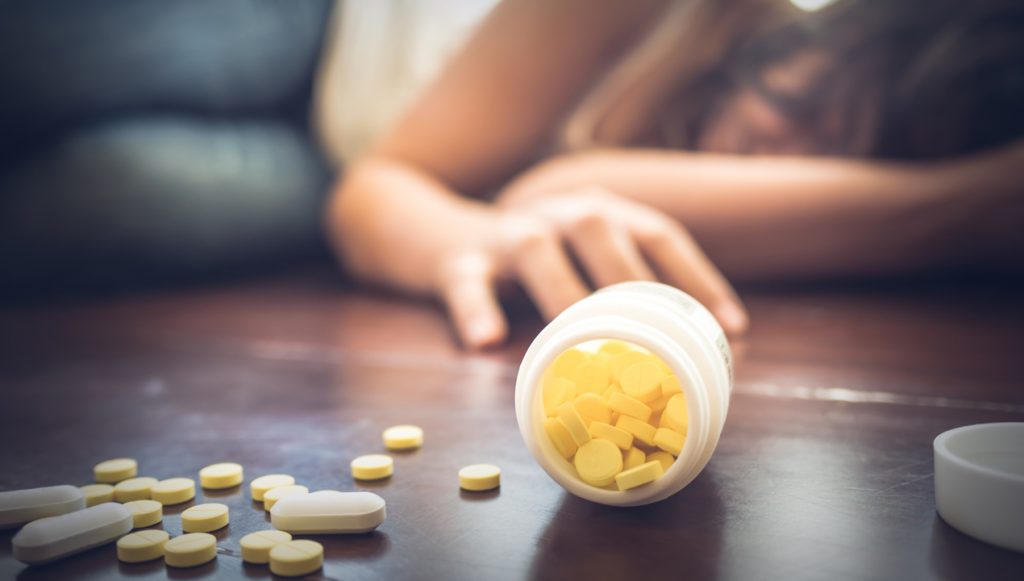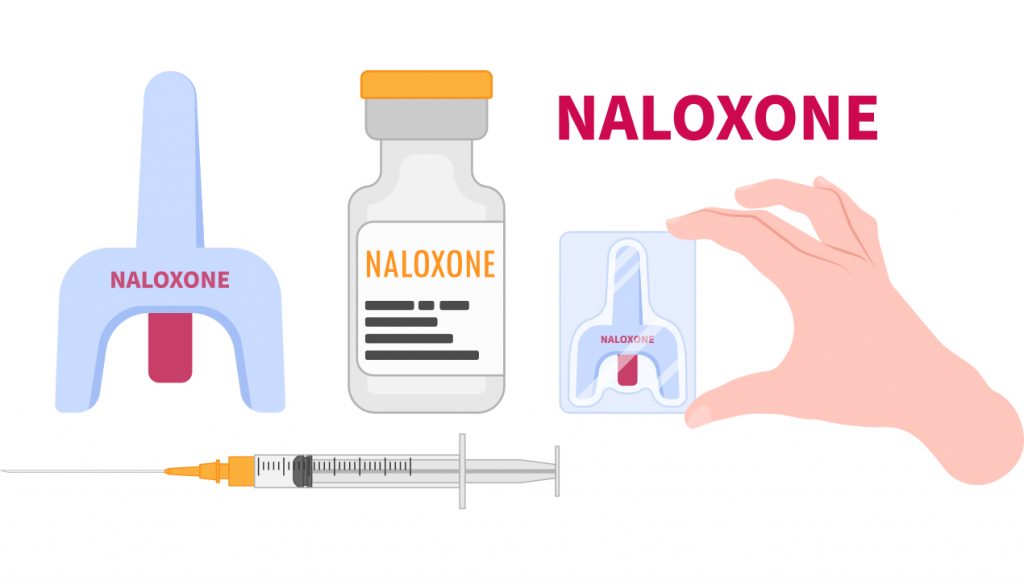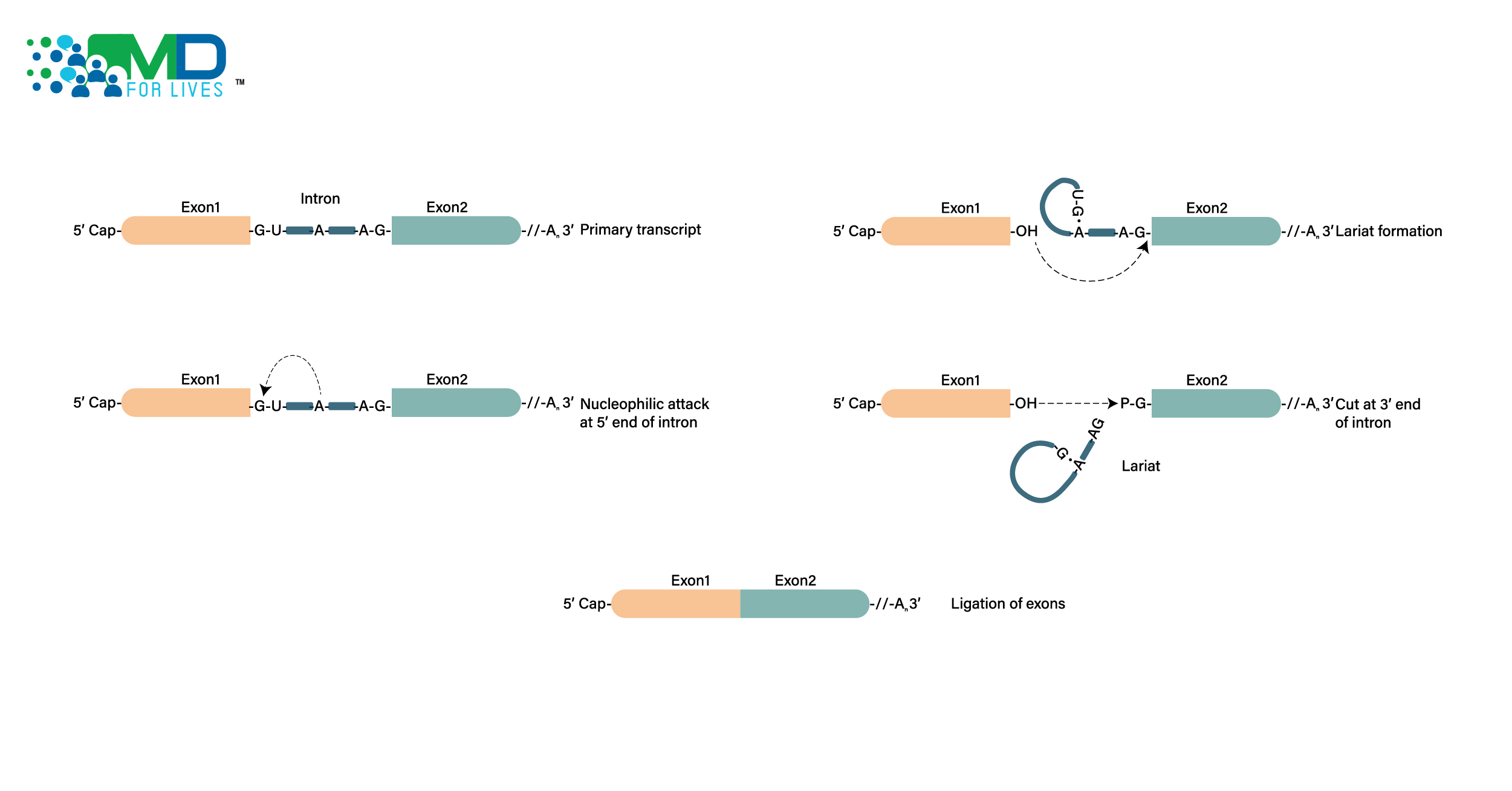Every year, the observance of International Overdose Awareness Day provides a poignant reminder of the profound repercussions inflicted by drug overdoses upon individuals, families and communities on a global scale. Physicians, as crucial stakeholders, assume an indispensable role in not only averting overdoses but also executing life-saving interventions in the event of their occurrence. This occasion bestows upon these medical professionals an opportunity to engage in contemplation regarding the prevailing landscape of overdose-related concerns. It encourages them to pursue continuous education, enhancing their understanding, and subsequently embark on purposeful endeavors aimed at combating this pervasive public health predicament.
The Overdose crisis:
The overdose crisis encompasses both prescription drugs and illicit substances, posing significant public health challenges. An unintentional drug overdose death occurs when a person intentionally consumes drugs, medications or substances at doses that exceed the body’s ability to metabolize and eliminate them quickly, leading to fatal consequences.
Physicians often find themselves at the frontline of this crisis, as they prescribe medications, offer pain management and treat patients with substance use disorders. It is essential to recognize the interconnectedness of physical and mental health in the context of substance use, allowing for a more holistic approach to patient care.
Data on overdose fatal consequences
Over the past two decades, there has been a substantial rise in drug overdose fatalities across various regions globally. Annually, a staggering number of deaths are documented, primarily attributed to the improper usage of opioids. Frequently, these instances involve the simultaneous misuse of other substances, such as benzodiazepines, stimulants and alcohol.
In the year 2020, approximately 284 million individuals, which equates to around one out of every 18 people aged 15-64, engaged in drug use within the previous 12 months. This signifies a notable surge of 26 percent compared to the statistics of 2010.
In 2021, over 106,000 individuals due to drug overdose in the U.S. lost their lives. This data includes both illicit drugs and prescription opioids.
Deadliest Drugs used in Overdose

The depicted graph encompasses deaths associated with each individual drug; certain cases involve the presence of multiple drug types, resulting in a cumulative percentage that exceeds 100%.
Source: National Center for Drug Abuse Statistics. Drug overdose death statistics: Fentanyl, opioids, heroin & more. NCDAS. Published 2019.
In 2021, there were 80,411 reported overdose deaths involving any opioid. Overdose deaths involving prescription opioids experienced fluctuations over the years. Deaths rose from 3,442 in 1999 to 17,029 in 2017, then declined to 14,139 in 2019. Overdose deaths involving stimulants (cocaine and psychostimulants) increased significantly from 12,122 in 2015 to 53,495 in 2021. Deaths involving psychostimulants with abuse potential (primarily methamphetamine) rose from 547 in 1999 to 32,537 in 2021. Antidepressant-involved deaths rose steadily, with 5,859 deaths reported in 2021.
Country-wise death rate
In 2021, reports of drug overdose in the U.S. revealed approximately 107,622 deaths, marking a 15% rise from the previous year. Among these fatalities, around two-thirds were linked to synthetic opioids, primarily fentanyl. Meanwhile, Canada observed a total of 32,632 deaths attributed to apparent opioid toxicity between January 2016 and June 2022.
The concerns surrounding drug use, abuse, dependence and overdose have become significant public health issues in Africa. It’s anticipated that the global count of drug users will grow by 11 percent by the year 2030, with an even steeper increase of up to 40 percent projected for Africa.
In Australia, the year 2020 saw 2,220 drug-induced deaths, translating to a rate of 8.5 deaths per 100,000 individuals. Back in 2014, the UNODC estimated a total of 49,000 drug-related deaths in China. In England and Wales, the registered death rate stood at 79.5 deaths per million people in 2020. Similarly, Scotland recorded 234 drug-related deaths in 2019, while New Zealand’s national rate was 6.4 deaths per 100,000 population in the same year. Ukraine experienced 421 deaths attributed to psychoactive substances in 2019, an increase compared to the 335 deaths recorded in 2018.
Examples of drug overdose cases
Amlodipine overdose:
– A 22-year-old woman took a large amount of amlodipine (280 mg) and required aggressive fluid resuscitation and calcium gluconate infusion. She developed acute non-cardiogenic pulmonary edema and was treated with furosemide. After drug overdose treatment in the hospital, she recovered without long-term complications.
Minoxidil overdose:
– A 2-year-old infant ingested 100 ml of a topical minoxidil hair solution. The infant developed tachycardia and received medical intervention. The symptoms resolved within 36-72 hours after ingestion.
Chloral hydrate overdose:
– A 3-month-old girl accidentally ingested a high dose of chloral hydrate (667 mg/kg) and developed severe respiratory depression, necessitating intubation and ventilation. The infant also experienced other symptoms such as tachycardia, low blood pressure and leukocytosis.
Mexiletine overdose:
– A 23-year-old man ingested a significant amount of mexiletine (4 g) and developed hypotension, bradycardia, stupor and dysarthria. After treatment, including hemodialysis, the patient’s vital signs improved.
Iron salts overdose:
– A 17-year-old woman consumed a large quantity of iron sulfate (16,000 mg) and experienced hemorrhagic gastritis, renal insufficiency, fulminant hepatic failure, coagulopathy and encephalopathy. Despite treatment, including deferoxamine and albumin dialysis, she passed away.

Role of physicians in drug overdose prevention and death rate reduction
The reduction of the overdose mortality rate is facilitated by physicians through the implementation of a blend of proactive measures, responsible prescribing practices, effective drug overdose emergency treatment strategies and advocacy endeavors. The following outlines some avenues through which physicians can actively participate in the mitigation of overdose-related deaths:
Responsible prescribing practices:
A comprehensive evaluation of a patient’s medical history, pain levels and potential risk factors for substance misuse is conducted before opioid medication prescriptions. Recommendations for alternative pain management methods, including physical therapy, non-opioid medications and complementary therapies, are considered and advised when deemed appropriate. Commencement with the lowest effective dose is favored, with the reservation of high-dose opioid prescriptions for only the most necessary situations. The prescription of opioids for the shortest duration necessary to effectively manage pain, particularly for acute conditions, is emphasized.
Monitoring and follow-Up:
Consistent monitoring of patients undergoing chronic opioid therapy is done, which entails assessing pain levels, functional status and any potential indicators of misuse. The utilization of Prescription Drug Monitoring Programs (PDMPs) is employed to trace patients’ opioid prescriptions, thereby identifying potential patterns of excessive use or “doctor shopping.”
Education and communication:
The provision of education to patients regarding the risks associated with opioid medications, potential side effects and the secure storage and proper disposal practices. Patients are actively encouraged by physicians to engage in open conversations concerning their pain management objectives, apprehensions and any historical instances of substance use.
Screening and early intervention:
The routine incorporation of substance use disorder screenings enables the early identification of issues, facilitating timely intervention. Swift referrals are made for patients identified with substance use disorders, directing them toward suitable treatment programs, including medication-assisted treatment (MAT) when deemed applicable.
Drug Overdose Kit:
A drug overdose kit is a collection of medical supplies and medications designed for drug overdose reversal. These kits typically contain items such as a drug overdose antidote like naloxone (a medication capable of drug overdose reversal), as well as tools for administering the medication, such as syringes or nasal sprays. Drug overdose kits are important because they can save lives by providing immediate intervention in cases of overdose, allowing bystanders or medical professionals to administer life-saving treatments until further medical help arrives. It is crucial to have drug overdose antidotes readily available, especially in cases where rapid intervention is necessary to prevent fatal outcomes.

Drug Overdose Hotlines:
These can be of help to physicians as well. Physicians may encounter situations where they need immediate guidance on how to manage a potential drug overdose, especially if they are dealing with patients who may have taken excessive amounts of medications or substances. Calling a drug overdose hotline can provide physicians with valuable information on overdose management, appropriate interventions and steps to take while waiting for emergency medical assistance.
Collaboration and Multidisciplinary Care:
Collaboration with mental health practitioners ensures the comprehensive management of co-occurring mental health and substance use disorders. Participation in a collaborative approach that includes pharmacists, social workers, addiction specialists and pain management experts is encouraged to provide holistic care .
Advocacy and Policy Efforts:
Active involvement in advocacy initiatives aimed at promoting policies focused on harm reduction, enhanced access to addiction treatment and the destigmatization of substance use disorders. Advocacy for the establishment of supervised injection sites, where individuals can safely use drugs under medical supervision, is endorsed as a strategy to reduce the risk of fatal overdoses.
Continuing Medical Education (CME):
Participation in regular CME opportunities ensures the ongoing acquisition of knowledge regarding the latest research findings, guidelines and best practices pertinent to pain management, drug overdose emergency treatment and substance use disorders.
Medical survey platforms support physicians’ efforts in drug overdose prevention
Medical surveys provide physicians with data-driven insights into their own practices and patient populations. This information empowers them to make informed decisions regarding pain management, opioid prescribing and substance use disorder treatment. Survey results can highlight areas where physicians may have knowledge gaps or uncertainties regarding drug overdose treatment in hospitals. This allows medical institutions and organizations to develop targeted education and training programs for drug overdose management. By understanding current practices and challenges related to overdose prevention and substance use disorders, physicians can make adjustments to their clinical approaches, leading to more effective patient care and better outcomes. Surveys provide a structured platform for physicians to communicate their experiences, concerns and perspectives. This input can inform medical organizations, policy-makers and advocacy groups, leading to more responsive strategies. Survey data can contribute to evidence-based practice by showcasing real-world insights from physicians’ experiences. This can lead to the development of guidelines and protocols that better align with the challenges physicians face. Engaging with medical surveys encourages physicians to reflect on their own practices and stay current with evolving trends and best practices. This continuous learning fosters professional growth. Survey participation can connect physicians with colleagues who share similar challenges and interests. This networking can lead to collaborative efforts, shared strategies and a stronger professional community. Survey data can serve as a basis for physicians to advocate for evidence-based policies, improved access to treatment and other initiatives aimed at reducing overdose mortality rates and addressing substance use disorders. By gathering insights from patients and analyzing survey responses, physicians can adapt their practices to better align with patients’ needs, preferences and experiences. Aggregated survey data can contribute to research studies and publications that focus on drug overdose management and prevention, pain management and substance use disorders. Physicians’ input becomes a valuable contribution to the scientific community. Completing a medical survey can prompt physicians to reflect on their practices and beliefs, leading to personal growth, increased self-awareness and potential improvements in patient care. Participation in surveys demonstrates a commitment to addressing pressing healthcare issues. Physicians who contribute to research and data collection play a role in advocating for positive change in the medical field. The resources offered by medical survey platforms, such as webinars, newsletters and blogs, have the potential to shed light on lesser-known facts about overdose, enriching physicians’ understanding and enabling them to make more informed decisions. These platforms serve as valuable mediums for sharing research findings, expert insights and real-world experiences that can expand physicians’ knowledge base.
References:
- National Institute on Drug Abuse. Overdose Death Rates. National Institute on Drug Abuse. Published January 20, 2022.
- Facts & Stats – International Overdose Awareness Day. International Overdose Awareness Day. Published 2012.
- National Institute on Drug Abuse. Overdose Death Rates. National Institute on Drug Abuse. Published January 20, 2022.
- Drug Overdose – an overview | ScienceDirect Topics. www.sciencedirect.com. https://www.sciencedirect.com/topics/medicine-and-dentistry/drug-overdose
- National Center for Drug Abuse Statistics. Drug overdose death statistics: Fentanyl, opioids, heroin & more. NCDAS. Published 2019. https://drugabusestatistics.org/drug-overdose-deaths/

MDForLives is a vibrant community of healthcare professionals and patients dedicated to shaping the future of healthcare. We provide valuable global insights to healthcare companies through online surveys, interviews, and discussion forums.






